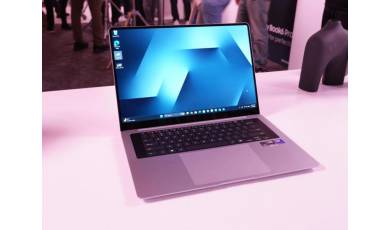Flash firmware on OINOM LMV7H
Mobiles >> OINOM >> OINOM LMV7H| Specifications | Reviews | Secret codes |
| Unlock phone | Root phone |
| Backup | Flash Firmware | Screenshot |
How to flash OINOM LMV7H?
Why reinstall the firmware?
Errors begin to appear in the Android operating system.
Some applications stop opening.
Many programs from the Play Market do not start.
The phone restarts by itself for no reason.
The phone started to work slowly.
You are not satisfied with the functionality of the stock firmware.
Where can I find the firmware?
On the official website of the manufacturer.
On specialized services where users post custom or official OS.
What should be done before installing the firmware?
Create a backup copy of user data and transfer it to your computer.
Insert SD card. An SD card is needed to write firmware to it.
Find out the exact model of your smartphone.
Fully charge your device's battery.
Find and download the archive with Firmware.
Installing TWRP Recovery
Install the Official TWRP App via the Play Market. And run this application.
When you start the application for the first time, you must agree to install the firmware, as well as agree to grant the application Superuser rights and click the 'OK' button.
In the next screen, select the item 'TWRP FLASH' and provide the application with root-rights.

On the main screen of the application, the 'Select Device' drop-down list is available, in which you need to find and select the device model for installing the recovery.
After selecting the phone, the application will redirect the user to a web page to download the modified recovery environment image file. Download the proposed *.img file.
When the file is loaded, you need to return to the main screen of the Official TWRP App and press the 'Select a file to flash' button. Select the file downloaded in the previous step.
Press the 'FLASH TO RECOVERY' button and confirm your choice.
When the message 'Flash Completed Succsessfuly!' appears. Click 'OK'. The TWRP installation procedure is now complete.
Copy the required files to the memory card. Using a PC or laptop card reader.
Insert a SD memory card into the phone.
To reboot in recovery, it is convenient to use a special item in the Official TWRP App menu, accessible by pressing the button with three stripes in the upper left corner of the main screen of the application. We open the menu, select the 'Reboot' item, and then tap on the 'REBOOT RECOVERY' button. The phone will reboot into the recovery environment automatically.
Firmware via TWRP

Before flashing, you need to delete all user data from the phone, this will avoid many problems. press 'WIPE' on the home screen.
Everything is ready to start flashing. Press the 'Install' button.

The file selection screen is displayed. At the very top is the 'Storage' button, select the location where the firmware file is located.
Select the storage to which the files were copied.

Select the firmware file and click on it. A screen opens with a warning about possible negative consequences, you need to check the item 'Zip signature verification', which will avoid using corrupted files when writing to the phone's memory sections.
The procedure for flashing the phone will begin, accompanied by the appearance of inscriptions in the log field and the movement of the progress bar.
The completion of the installation procedure is indicated by the inscription 'Successful'.
Summary: OS version: Android 4.2; CPU: MediaTek MT6582, 1300 MHz; Processor cores number: 4; RAM: 1 GB; Built-in memory: 4 GB; Memory card slot: yes, volume of up to 32 GB; SIM-card amount: 2; Case type: classic; Construction: waterproof; Height: 131 mm; Width: 70 mm; Thickness: 21 mm; Weight: 207 grams; Diagonal: 3.5"; Screen type: colored IPS, sensor; Sensor screen type: multitouch, capacitive; Screen size: 800x480; Number of pixels per inch (PPI): 267; Aspect Ratio: 5:3; Automatic display rotation: yes; Rear camera: 5 MP; Front camera: 0.3 megapixels; Video Recording: yes; Standard: GSM 900/1800/1900, 3G; Interfaces: Wi-Fi 802.11n, Bluetooth 4.0, USB; Satellite navigation: GPS; Audio: MP3, FM-rad ...
Comments, questions and answers on the flash firmware OINOM LMV7H
Ask a question about OINOM LMV7H




